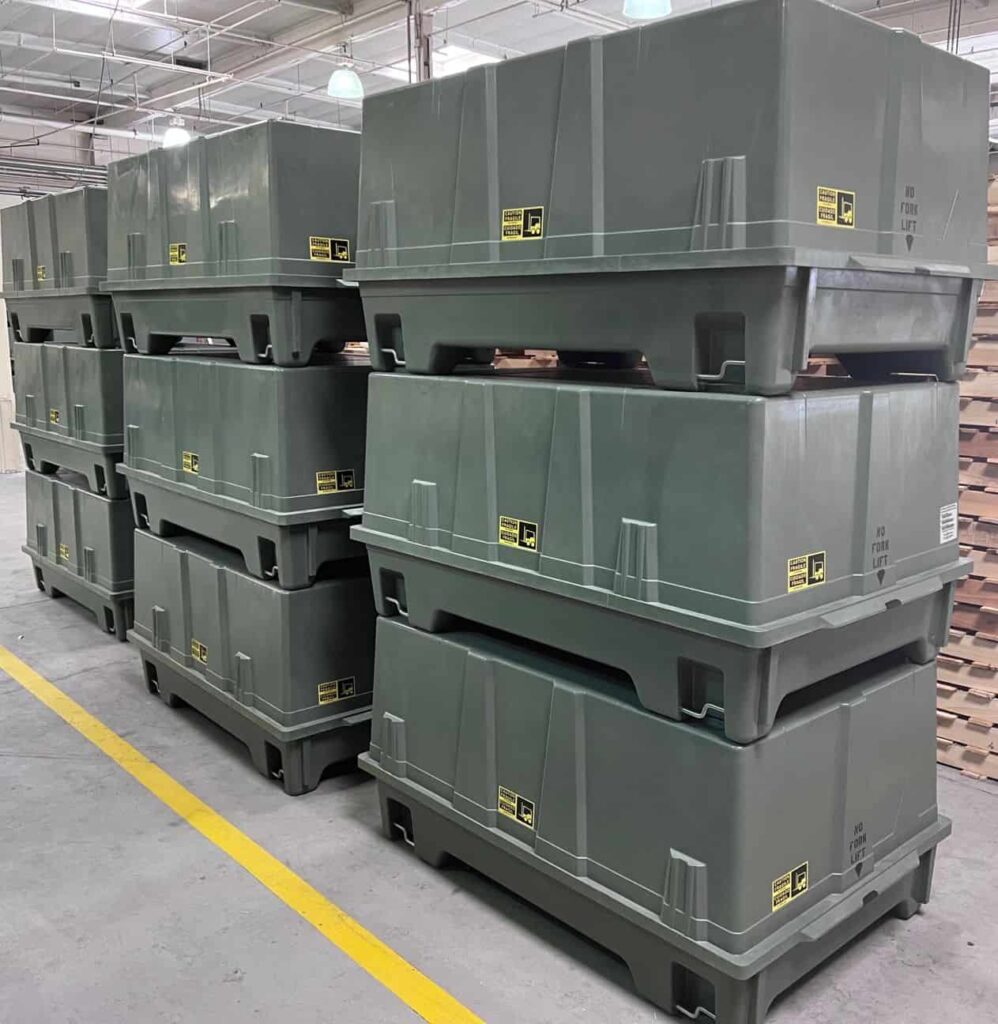Composite Materials for Defense
Composite materials, which are made up of two or more separate and usually dissimilar component materials, are used for a wide variety of military and defense applications. Examples of these materials include carbon fiber-reinforced polymers (CFRPs), aramid fiber-reinforced plastics (AFRPs), and glass fiber-reinforced plastics (GFRPs).
Composite materials provide a number of advantages for military and defense applications. They provide a higher strength-to-weight ratio than traditional materials such as steel, so their use can allow vehicles to be more maneuverable, less bulky, and more fuel-efficient. Aircraft using military-grade composites will be able to carry heavier payloads and fly for longer.
Composites have excellent corrosion resistance and do not rust, resulting in fewer requirements for maintenance and replacement. Many components can be designed and manufactured as a single piece, reducing part counts in complex systems, increasing production efficiency, and resulting in fewer weak points. Monitoring sensors and systems can often be easily integrated into the material.
Military composites can be engineered to provide excellent ballistic resistance, making them ideal for armor in ground vehicles, aircraft, and naval vessels. They can also be used to create body armor for soldiers and other personnel, with their light weight resulting in less fatigue for the wearer.














